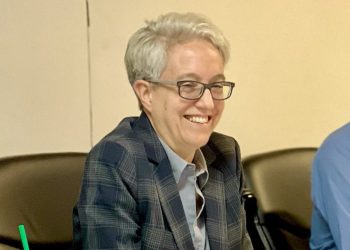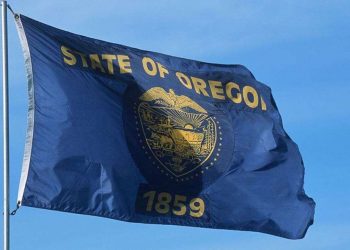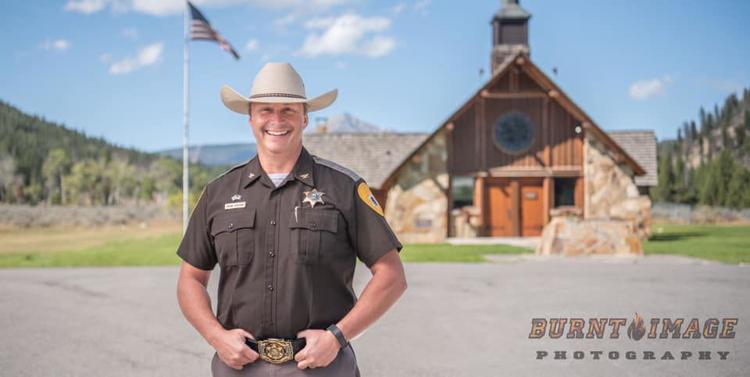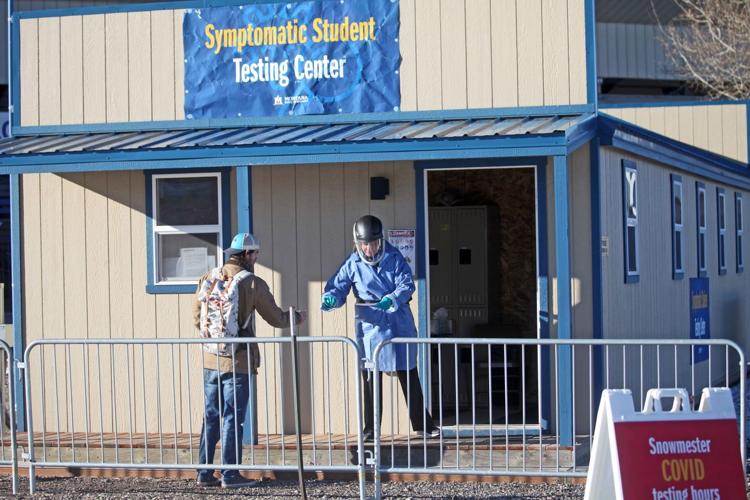BOZEMAN, Mont. – City commissioners approved a capital improvement plan laying out millions in spending for Bozeman facilities, parks and roads with amendments aimed to increase funding for pedestrian and bike projects and affordable housing.
The plan lays out specific projects the city will fund over the next few years, when they will fund them and where the money will come from. Some of the major projects included in the plan include body cameras for the Bozeman Police Department, new fire engines for the fire department and new “quick response” vehicles for the department to respond to medical emergencies that don’t require a full fire engine.
It also includes plans for a recreation and library complex on the west side of Bozeman and an expansion of the Bozeman Public Library.
The plan isn’t a final say on the projects, but measures in it are incorporated into the city’s budget, which requires separate approval.
On Tuesday, commissioners amended the plan to include measures for affordable housing and multi-modal transportation. Deputy Mayor Terry Cunningham introduced an amendment directing city staff to put together a ballot initiative recommendation for a bond or a levy to raise $10 million for affordable housing projects.
The funds could be used for loans to projects, directly buying land or loaning developers money to buy land, Cunningham said.
“We recognize that affordable housing is in a crisis mode, getting to be more of a crisis every month as we see housing prices escalate,” Cunningham said. “I think it’s time to put our money where our mouth is and ask citizens of Bozeman, how much do you care about affordable housing?”
Several people during public comment Tuesday and at previous meetings criticized the plan for not including enough funding for bike and pedestrian infrastructure, like standalone bike paths.
At the recommendation of staff, commissioners also approved an amendment instructing staff to include $500,000 in existing funding in the next budget to go towards bike and pedestrian projects.
“As our population continues to grow at a record pace we have to recognize that with increased infill and density we also need to provide additional funding for safety, and of course multimodal transportation,” Commissioner Michael Wallner said
Several public commenters also urged the city commission to decline to fund an project that would widen lanes on Kagy Boulevard between South 19th and Willson avenues.
The project would also be funded by the Montana Department of Transportation. Some during public comment cited what they see as a lack of public input, the project’s discordance with the city’s plans, and concerns that a widened road could become a barrier to pedestrians.
Several commissioners seconded the concerns.
“I think the design as presented, the design we have right now, has the potential to bifurcate our community, and I’m not sure that’s in the best interest of our community right now,” said commissioner Jennifer Madgic said.
City manager Jeff Mihelich suggested the city hold an information session to hear residents’ concerns about the project to potentially adjust it with a new traffic study or new designs.
Mihelich cautioned the commissioners to not take the project out of the capital improvement plan or delay it, noting moving it would likely make it more expensive.
Madgic also asked the city to look into acquiring smaller emergency response vehicles that would be able to navigate compact neighborhoods, which are seen as a key to addressing the housing crisis.
Other commissioners emphasized the importance of funding broadband infrastructure.
“As we continue to diversify our local economy … we need to make sure that we can provide fiber as a critical infrastructure for their needs,” Wallner said. “Fiber is the future and I think we need to invest in the future of our community.”














